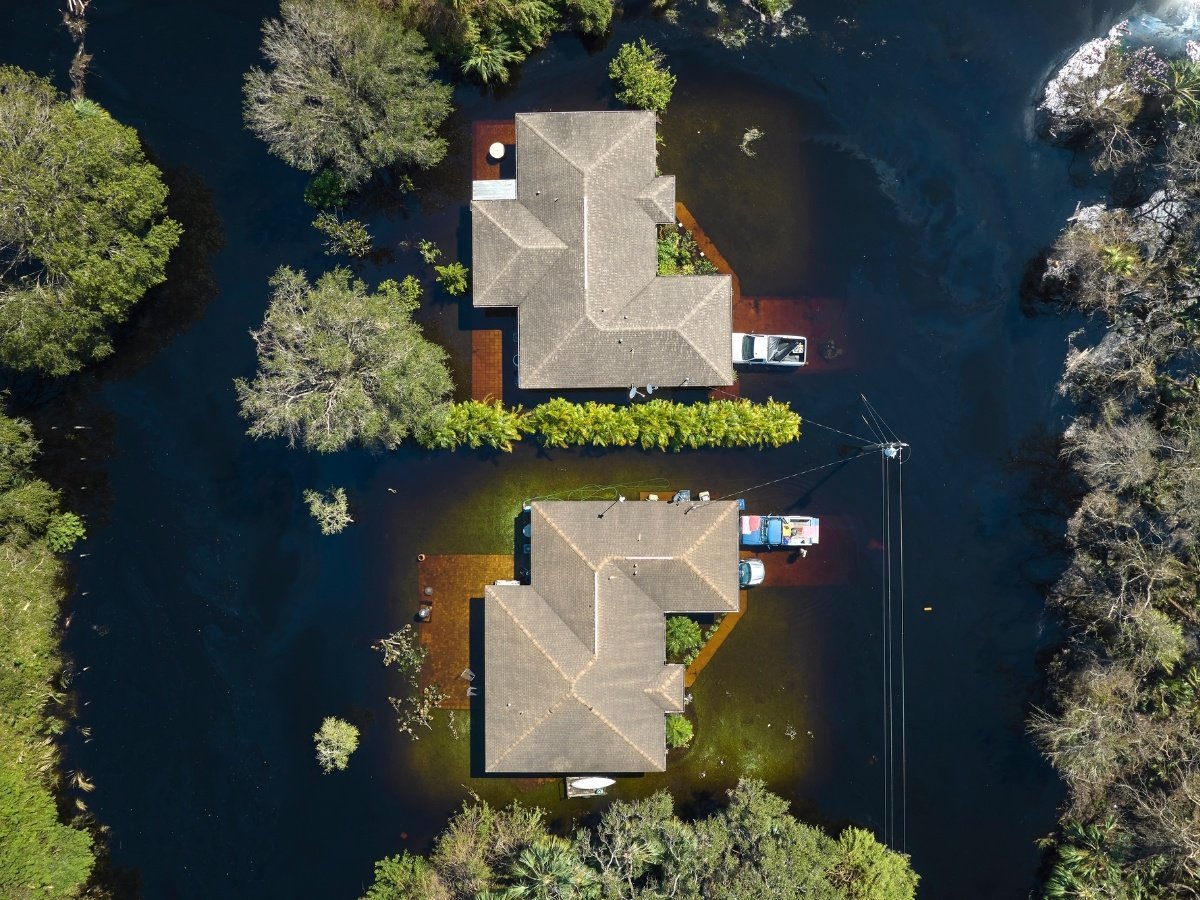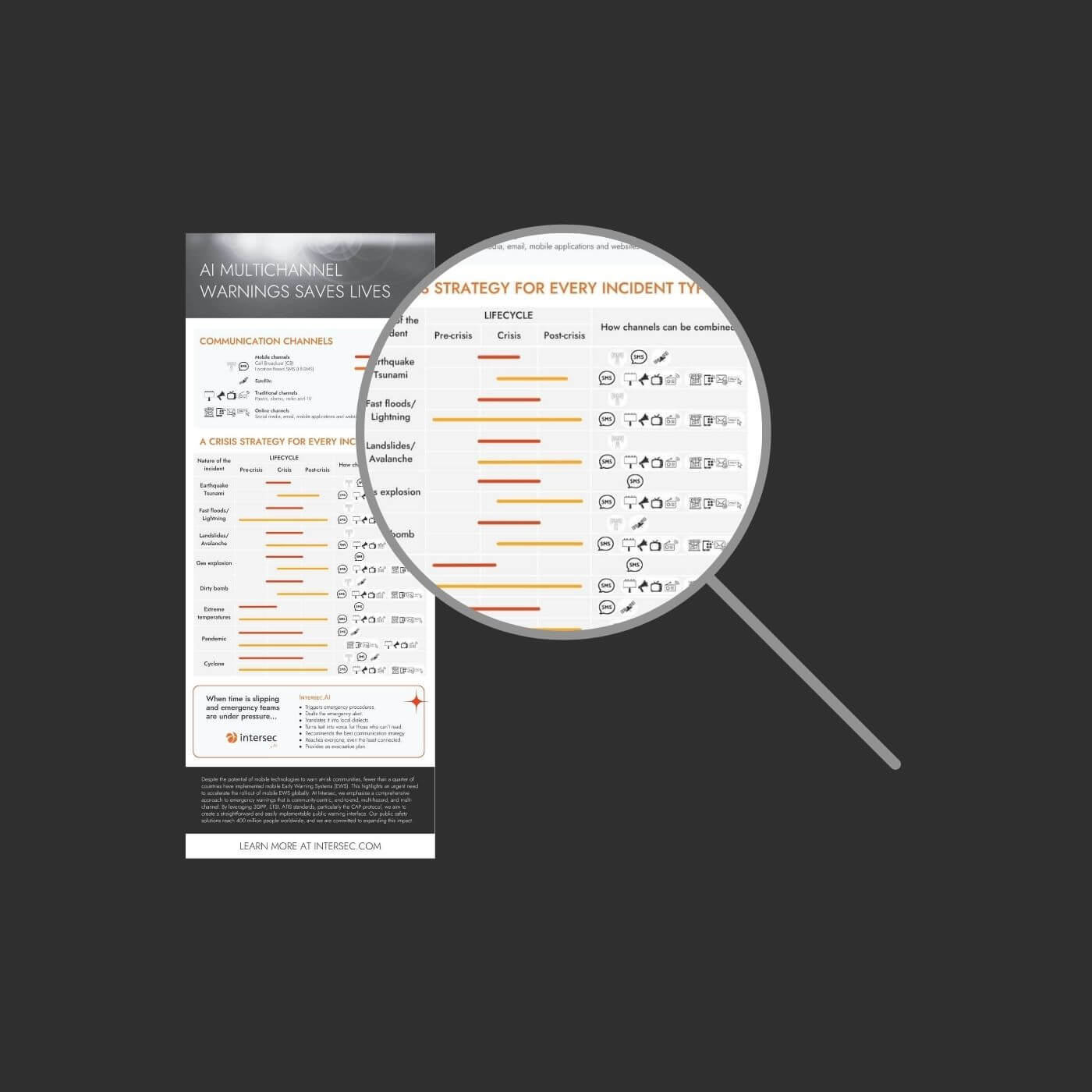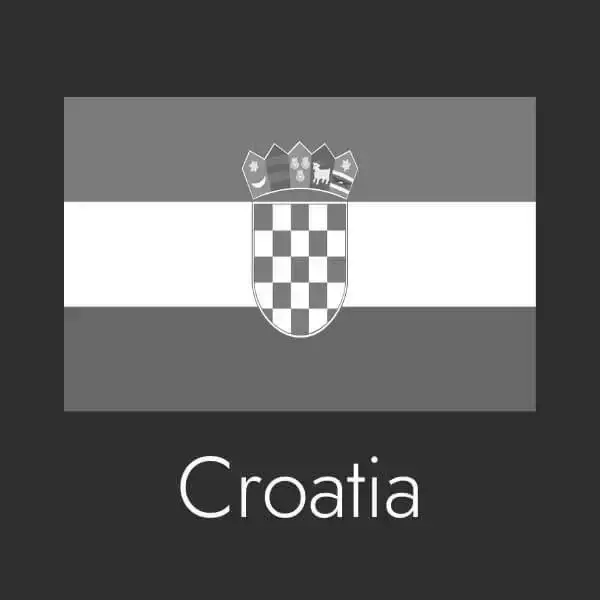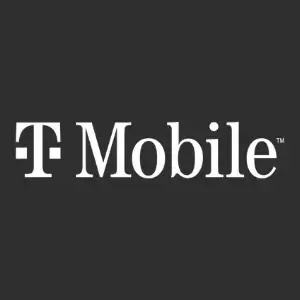Global organizations sound the alarm
The telecom industry steps up to drive change
Media around the world urge governments to act fast
Globally, awareness about early warning systems is increasing, particularly in the wake of tragic events, prompting a growing sense of urgency to enhance preparedness and response measures. Here are some recent examples related in the media:

Ghana: “Ghana is overdue for an emergency broadcast system” claims Tech Labari. “On October 7th, 2017, an offloading petrol tanker at a petrol station caught fire resulting in a large-scale explosion at the site at the Atomic Junction at Madina in Accra. The incident was first reported on social media and later received attention in mainstream media. Unfortunately, there was also a spread of misinformation online along with actual updates from the incident.”
 UK: “Heavy rain in U.K. causes hundreds of flood warnings and travel disruptions” titles The New York Times in January 2024. The UK’s Environment Agency (EA), at the forefront of delivering vital flood warning services for over two decades, has initiated a significant move to modernize its capabilities to power the next flood warning system (NFWS) – Cf. official notice.
UK: “Heavy rain in U.K. causes hundreds of flood warnings and travel disruptions” titles The New York Times in January 2024. The UK’s Environment Agency (EA), at the forefront of delivering vital flood warning services for over two decades, has initiated a significant move to modernize its capabilities to power the next flood warning system (NFWS) – Cf. official notice.
 Spain: “Extreme weather shows need for early warning systems”, says Spanish minister Teresa Ribera, as reported in The Guardian. “The latest spate of natural disasters – from the floods in Libya, Greece and Spain to the wildfires in Hawaii and Canada – has further underscored the need for early warning systems to help the world cope with the realities of the climate emergency”, she said.
Spain: “Extreme weather shows need for early warning systems”, says Spanish minister Teresa Ribera, as reported in The Guardian. “The latest spate of natural disasters – from the floods in Libya, Greece and Spain to the wildfires in Hawaii and Canada – has further underscored the need for early warning systems to help the world cope with the realities of the climate emergency”, she said.
 Thailand: We can read in the Bangkok Post that “the plan to establish an effective public warning system followed the shooting in the Siam Paragon shopping mall that left two people dead and five others injured on Tuesday.” Thai authorities are getting ready to deploy cell broadcast system for emergencies.
Thailand: We can read in the Bangkok Post that “the plan to establish an effective public warning system followed the shooting in the Siam Paragon shopping mall that left two people dead and five others injured on Tuesday.” Thai authorities are getting ready to deploy cell broadcast system for emergencies.
Intersec: your trusted EWS partner
Intersec is a global leader in national early warning and multichannel public alert systems, covering 30% of the EU population, 400 million people around the world, and supporting governmental agencies and mobile network operators in 50 countries. Intersec is a strong proponent of combining Cell Broadcast and Location-Based SMS to stay ahead of the crisis management curve. Through advanced algorithms, Intersec instantly computes and displays real-time population heatmaps to significantly enhance dynamic situational awareness, and triggers automated actions in line with each scenario ensuring swift and effective responses.
Read more:
 Early warning: widespread awareness" />
Early warning: widespread awareness" />


 Antonio Guterres, United Nations Secretary-General stated: “One-third of the world’s people, mainly in least developed countries and small island developing states, are still not covered by early warning systems... This is unacceptable”. He tasked the World Meteorological Organization (WMO) with spearheading action to present an action plan at the next UN climate conference. The “
Antonio Guterres, United Nations Secretary-General stated: “One-third of the world’s people, mainly in least developed countries and small island developing states, are still not covered by early warning systems... This is unacceptable”. He tasked the World Meteorological Organization (WMO) with spearheading action to present an action plan at the next UN climate conference. The “ Global leaders led a
Global leaders led a -jpg.jpeg?width=100&height=69&name=gsma5121%20(1)-jpg.jpeg) The GSMA Mobile for Humanitarian Innovation published
The GSMA Mobile for Humanitarian Innovation published  The International Telecommunication Union (ITU) announced
The International Telecommunication Union (ITU) announced  UK: “Heavy rain in U.K. causes hundreds of flood warnings and travel disruptions” titles
UK: “Heavy rain in U.K. causes hundreds of flood warnings and travel disruptions” titles  Spain: “Extreme weather shows need for early warning systems”, says Spanish minister Teresa Ribera, as reported in
Spain: “Extreme weather shows need for early warning systems”, says Spanish minister Teresa Ribera, as reported in .jpg)









.webp)


.webp)




















